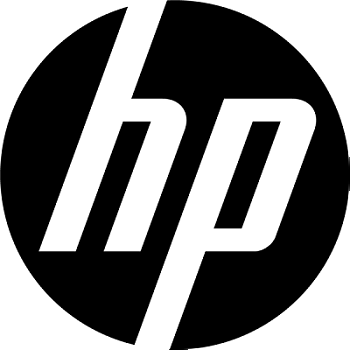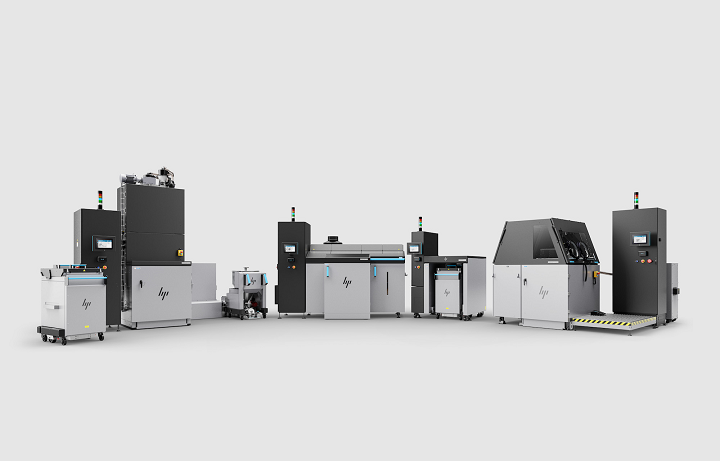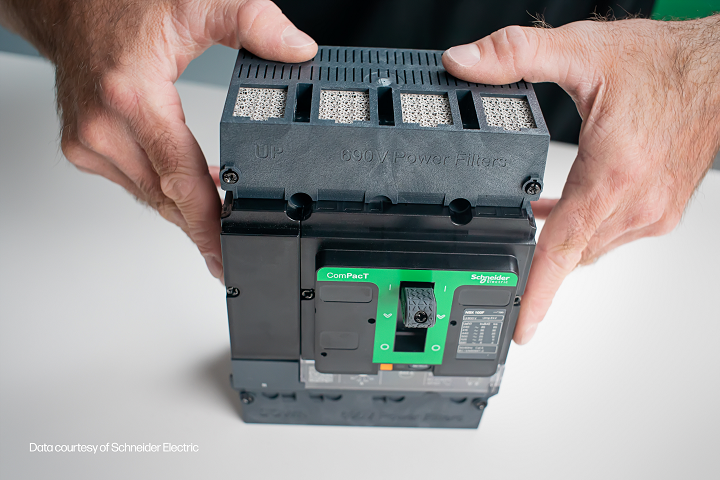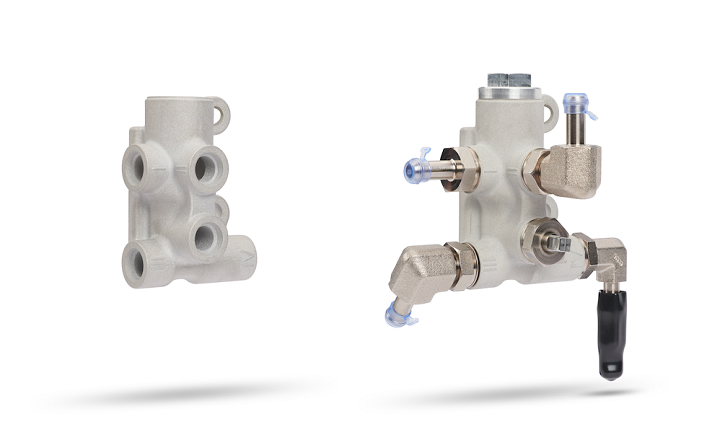
The possibilities to transform the manufacturing industry with 3D printing are endless.
This is the idea that has driven HP’s 3D printing business since the beginning. Once solely considered a prototyping tool, 3D printing and additive manufacturing are constantly being applied in new and innovative ways. And with more companies than ever before redefining business priorities as digital solutions continue to outshine and outperform traditional manufacturing methods, the manufacturing industry is experiencing a fourth industrial revolution.
In the coming years, we expect to see the 3D printing industry grow dramatically as brands continue to upend traditional supply chains in favor of the power of binder jetting technology and scalable additive manufacturing. To keep up with this high demand for digitized solutions, binder jetting technology needed to be developed further with expanded design and production capabilities. Taking what has been accomplished with polymers and applying it to metals with the help of customers and partners. The impetus behind HP’s new game-changing 3D printing solution for metals, the HP Metal Jet S100 Solution.

The commercial availability of HP’s Metal Jet S100 Solution accelerates innovative designs and products and digitally prints mass quantities of quality parts, transforming industries and helping scale 3D metals to mass production.
Progress with Polymers
HP would not be where it is today successfully mass-producing 3D metal parts for commercial use without the knowledge it acquired doing the same for polymers. After 6 years and 170 million printed parts, we showed the world how applying HP’s industrial Multi Jet Fusion technology enables agility and quick turns on important polymer parts, resulting in revolutionary speed-to market at mass production levels.
These benefits became increasingly clear as unprecedented levels of instability within the global supply chain caused companies to consider new manufacturing strategies to guard against future disruption. And with the metals business being the fastest growing segment of the traditional 3D printing market, more industries including automotive, consumer and industrial, want to leverage innovative additive manufacturing technology to address their end-to-end needs in metals for materials, software, sintering, and post-processing. With a goal of scaling additive manufacturing into mass production and having had success with polymer AM technology, developing a best-in-class metal binder jetting solution was a natural next step for HP.

HP’s new Metal Jet S100 Solution is opening the doors for a digital reinvention of the global metals manufacturing sector, with a strong focus on end-to-end supply chain solutions in both software and hardware that are customer-centric and design led. The modular solution provides industrial production capabilities, integrated workflow, subscription and service offerings, which altogether allows users to continually run production at scale for mass metals production.
Building on Experience
HP’s extensive expertise in ink technology led to the development of HP Binding Agent, a liquid agent that provides consistent, reliable, and repeatable results, dramatically improving the sintering process. When applied with HP’s Thermal Inkjet printhead, the rate of binder jetting increases, changing the game in terms of manufacturing productivity and process reliability. But where HP’s Metal Jet technology truly shines is in the manufacturing pain points it helps alleviate. By enabling on-site and on-demand production, HP’s Metal Jet S100 Solution reduces the need for different types of machinery as well as lead times when compared to traditional manufacturing methods. This technology also makes production cycles both uniform and repeatable, leading to an optimized and accelerated production life cycle. In doing so, manufacturers can create complex, high quality, sustainable, and geometrically concise metal parts that are otherwise impossible to produce. With continuous advancements in 3D printing technology, more brands will incorporate the technology on their factory floors, making mass 3D printed metals a reality.
Collaborating for the Road Ahead
While the benefits of metal binder jetting seemingly speak for themselves, the true power of this technology is in the unique, innovative ways it can be applied by our partners and customers who understand and share our goal of breaking boundaries with disruptive technology.

HP Metal Jet technology not only facilitated the design of new power filters shapes that reduce gas, pressure, and heat impact in a more limited space, it also resulted in significant productivity gains and economic benefits. Image courtesy of GKN
Today’s customers are looking for holistic manufacturing solutions, not just increased speeds or feeds. By working with partners who bring in material and sintering capabilities such as GKN Additive (Forecast 3D), Parmatech and Legor, we can provide companies with a markedly differentiated solution, one that addresses systematic manufacturing challenges that occur along the production life cycle. One example of a client working with HP Metal Jet technology and their partners is Schneider Electric, who is successfully printing new components for their low voltage switchboards, enabling new design capabilities that improve production efficiency and drive down costs.

Together with GKN, a new component for Schneider Electric’s 690V power filters was produced using HP Metal Jet technology, which couldn’t be achieved with other industrial manufacturing capabilities due to the shape complexity of these types of filters. Image courtesy of Schneider Electric
With exposure to different applications for metal binder jetting we have been able to work with even more customers across medical, industrial, consumer goods, and automotive to provide better productivity, lower part cost, and superior quality by using HP Metal Jet. More recently, agricultural machinery leader John Deere is using HP’s Metal Jet technology to 3D print stainless steel valves, enabling efficient operation at full speed in cold environments.

John Deere is now manufacturing Metal Jet Printed valves in its agricultural machinery. In addition to significant productivity gains and environmental benefits, the high-quality part is functional in extreme weather conditions.
At HP, we have multi-sectoral experience and expertise in additive manufacturing. And with our strong and widespread partnership network, HP Metal Jet technology is a winning solution for customers. It is the combination of continuous innovation and collaboration that is the key to unlocking the full potential of 3D printing. A collaborative ecosystem has led to our success in providing customers with revolutionary 3D printing technology that breaks through productivity, quality, and cost constraints of existing 3D metals technologies since we launched Metal Jet in 2018. Based on our progress to date, I am more confident than ever that HP is ready to become the global trusted partner to scale into mass production and that together, with our partners and customers, we will shape the future of manufacturing.
HP is participating in Additive Manufacturing Strategies 2023, taking place in New York City from February 7-9, 2023. Meaghan Ferris, Global Head of Sales and Go-To-Market, 3D Metal Print, HP Inc., will be participating in Session 1, Panel 2: The Future of Binder Jetting, on February 7. Register for your ticket to attend here.
Subscribe to Our Email Newsletter
Stay up-to-date on all the latest news from the 3D printing industry and receive information and offers from third party vendors.
You May Also Like
3D Printing Unpeeled: New Arkema Material for HP, Saddle and Macro MEMS
A new Arkema material for MJF is said to reduce costs per part by up to 25% and have an 85% reusability ratio. HP 3D HR PA 12 S has been...
3D Printing News Briefs, January 20, 2024: FDM, LPBF, Underwater 3D Printer, Racing, & More
We’re starting off with a process certification in today’s 3D Printing News Briefs, and then moving on to research about solute trapping, laser powder bed fusion, and then moving on...
3D Printing Webinar and Event Roundup: December 3, 2023
We’ve got plenty of events and webinars coming up for you this week! Quickparts is having a Manufacturing Roadshow, America Makes is holding a Member Town Hall, Stratafest makes two...
Formnext 2023 Day Three: Slam Dunk
I’m high—high on trade show. I’ve met numerous new faces and reconnected with old friends, creating an absolutely wonderful atmosphere. The excitement is palpable over several emerging developments. The high...
































